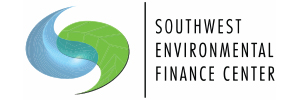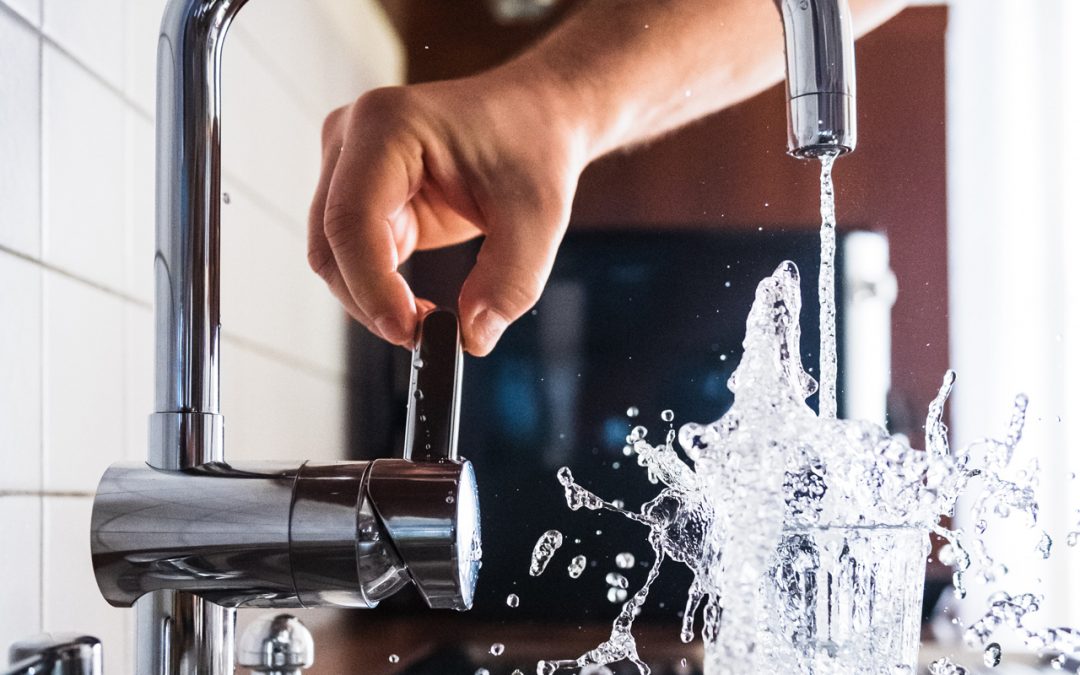Written by: Rose Afandi
As we begin this month of July, those of us living in the Northern Hemisphere are settling down into our summer routines, enjoying the longer days and warmer temperatures. However, we must remember to drink enough water and to stay hydrated as the temperatures soar. With July also comes important information relating to our drinking water. In the United States, community drinking water suppliers are required by federal law to issue consumers an annual drinking water quality report. If you have ever pondered the question: What exactly is in my drinking water? this report should provide a good answer.
The Consumer Confidence Report (CCR), also referred to as the Drinking Water Quality Report, is an annual report published by July 1st each year for all community water systems. The report contains water quality results from the previous year’s sampling and details the monitored and detected contaminants in your tap water. Below are a few tips on how to read and understand your report:
- The CCR year displayed in the title of your report will show the previous year: For example, the 2019 report with be titled “2018 CCR”. Don’t discard this report as an old report. This simply means that the data reported is from the previous year and is what is available currently.
- The CCR will detail the source(s) of your drinking water and the treatment processes involved. Look out for information about a Source Water Assessment susceptibility rating if one has been conducted for your water sources. The CCR will inform you of how susceptible your water sources are to potential contamination, and how you can help safeguard your source water quality. You may request to review this report if one is available.
- Water quality data will be listed under each contaminant group—e.g. Inorganic contaminants, Radioactive contaminants and so forth—for ease of understanding. Remember, only detected contaminants will show up in the data tables even though more samples may have been collected. Make sure to refer to the units and definitions tables to better understand the values listed.
- Health effects relating to some of these contaminants may be listed, and a word of advice to susceptible populations will be given. Take a closer look at the values listed and note those regulated contaminants that exceed the mandated EPA standards (maximum contaminant levels – MCLs).
- Know how you can get involved in issues relating to your drinking water. Your supplier may post regular public meetings scheduled at your community; this is a good way to ensure that you the consumer are informed of any developments at your utility, e.g. ongoing projects. Other issues such as cross connection control and water conservation efforts may be highlighted to involve the public to be vigilant in controlling them.
- Any drinking water violations that were incurred are included in this report with the purpose of informing you, the consumer, of any compliance issues the system had with the Safe Drinking Water Act (SDWA). Corrective actions undertaken by your utility will also be detailed.
If you have not seen your 2018 CCR, look out for this report on your utility’s website, enclosed with your monthly bill, or posted in public spaces. You may also request a copy from your utility office. There will be a person of contact on the CCR that will answer any further questions you may have relating to your drinking water.
Stay safe and hydrated this summer with a glass of tap water and with the confidence of knowing where your tap water comes from and what it contains.


Recent Comments